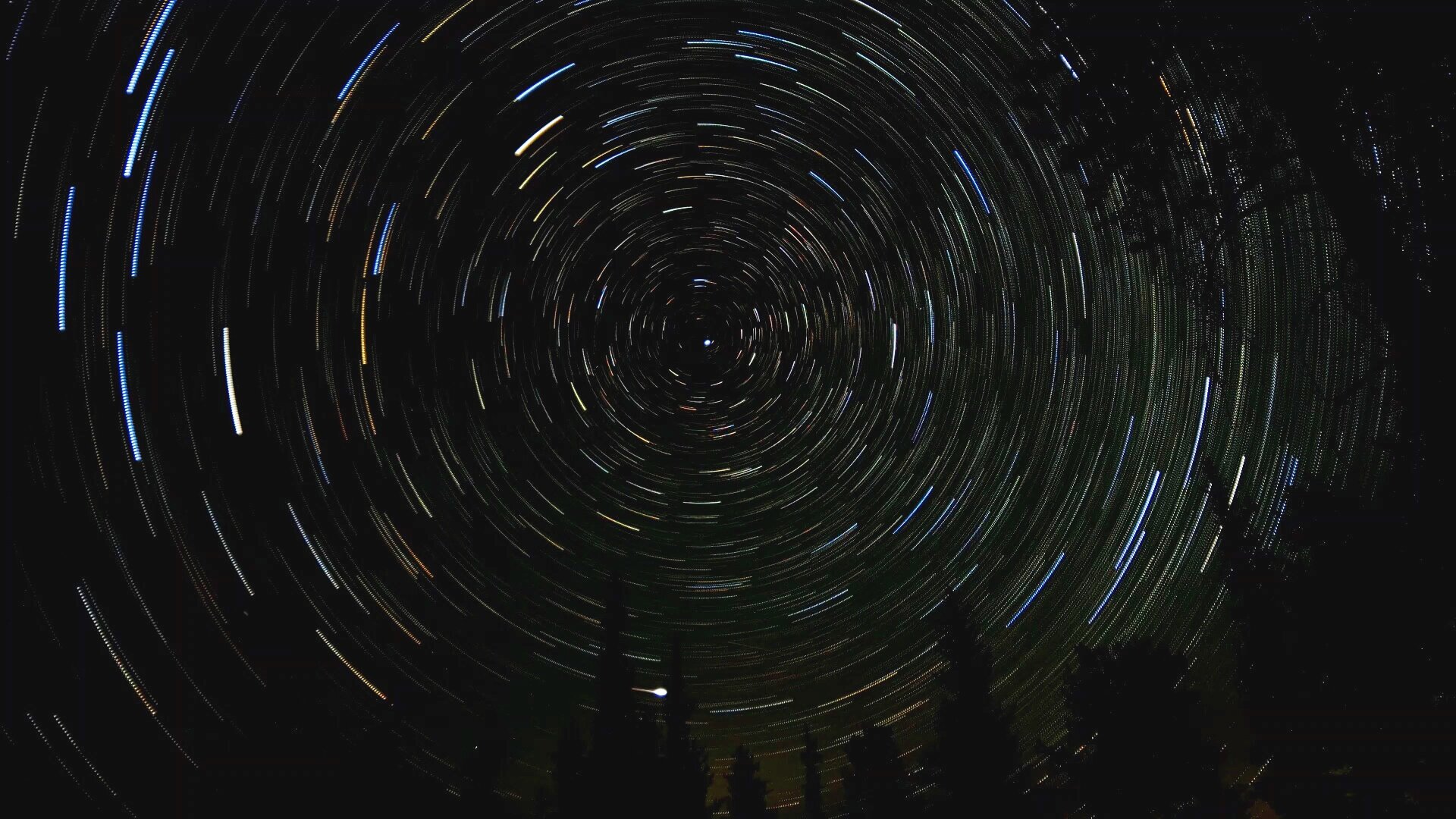
Star Trails
Light Pollution and Climate Change
A thick blanket of brown gray smoke settled over our neighborhood. It covered the entire front range of the Rocky Mountains and spread east over Denver on its way to Chicago, Pittsburgh, and the east coast. Meanwhile, about 50 miles north, my brother in law and his wife were evacuating, leaving their home in a state of uncertainty and anxiousness. Their small town on the eastern edge of Rocky Mountain National Park was surrounded on three sides by wildfire. The closest, aptly named the east troublesome fire, had started a few days earlier on the west side of the park. In one terrifying night it exploded.
Deep Time, Rhythms, and the Night Sky
Before cell phones and watches and clocks, humans experienced time by looking up. We watched the movements of the sun, we tracked the motion and phases of the moon, and we studied the stars. Today, as we continue to lose our view of the celestial clock, our connection to the natural rhythm of our lives and our link to the distant past is diminished. Protecting night skies and reducing light pollution can help us maintain, restore, and better understand our ongoing inevitable relationship with time.
The Ultimate Source of Awe
If you’re like most people, as you gaze upon a star-filled sky, you will start to feel something that is rare, unique, and primal. You may feel like you’re in the presence of something so vast that you can’t fully comprehend its size and complexity. A bit of fear or anxiety washes over you. You feel diminished in its presence. You might get a sense that you are connected to everything in that moment. That feeling – that sensation – is awe.


